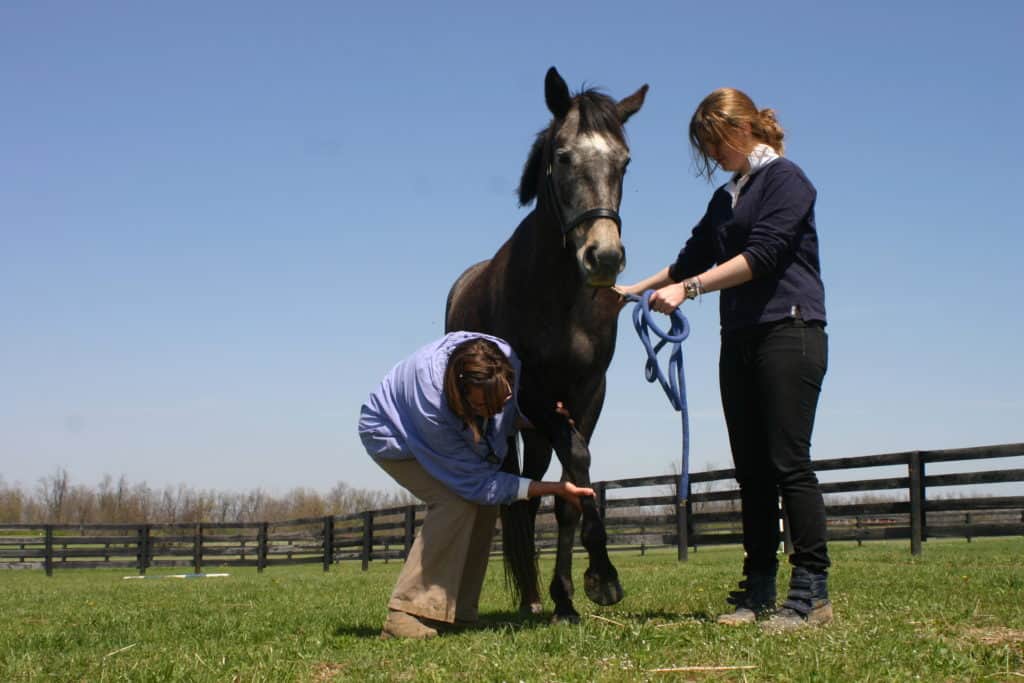
Mineral of the Month: Copper
A mature horse that is idle or lightly exercised requires 100 mg of copper per day. Here’s why.

A mature horse that is idle or lightly exercised requires 100 mg of copper per day. Here’s why.

Researchers are examining the rate of injury and illness in North American 2-year-old Thoroughbreds in training.

This is the second article in a series looking at how researchers test and maintain equine competition surfaces worldwide.

Researchers hope that, one day, they’ll be able to identify at-risk horses and intervene before a catastrophic breakdown occurs.

Fleming is studying carrier proteins in circulation in horses’ bodies that have the potential to be used as biomarkers.

Good pasture management begins with maintaining soil fertility to promote the growth of desirable grasses.

Nocardioform placentitis affects late-gestation mares, causing abortion, stillbirth, or foals born alive but compromised.

Dr. Amanda Adams is seeking donations of horses with PPID for her research at the University of Kentucky.

Diagnostic evaluation begins with a neurologic exam to localize the lesion and continues with more focused testing.

Footing is one of the most common factors cited when a horse performs poorly or suffers an injury.
Stay on top of the most recent Horse Health news with
"*" indicates required fields